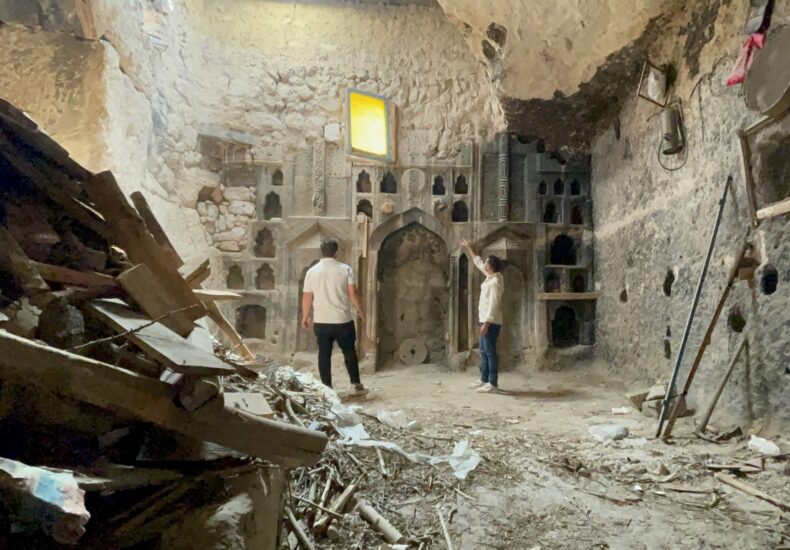
A 600-Year-Old Prayer Room Found Hidden Under a Firewood Storage in Cappadocia
What appeared to be a simple firewood storage area in the village of Taşkınpaşa, Cappadocia, central Türkiye, has revealed a centuries-old Islamic prayer room. Experts date the rock-cut site to approximately 600 years ago, possibly from the Eretnaid period.
During a surface survey conducted by art historians from Nevşehir Hacı Bektaş Veli University (NEVÜ), a team uncovered this hidden religious site beneath what was being used as a firewood shed. The village of Taşkınpaşa is already known for its 16th-century Ottoman-era madrasa and mosque, but this newly found structure had remained undocumented until now.
Inside the cave-like space, researchers discovered a finely carved stone mihrab—a key feature in Islamic architecture that marks the direction of prayer.
No Previous Documentation: A Lost Piece of Anatolian History
Assoc. Prof. Dr. Savaş Maraşlı, leading the research, confirmed that the structure had no prior mention in academic records:
📣 Our WhatsApp channel is now LIVE! Stay up-to-date with the latest news and updates, just click here to follow us on WhatsApp and never miss a thing!!
“This is an exceptional find, as the site has been hidden and unused for centuries. Its survival is likely due to it being concealed and repurposed as a firewood storage.”
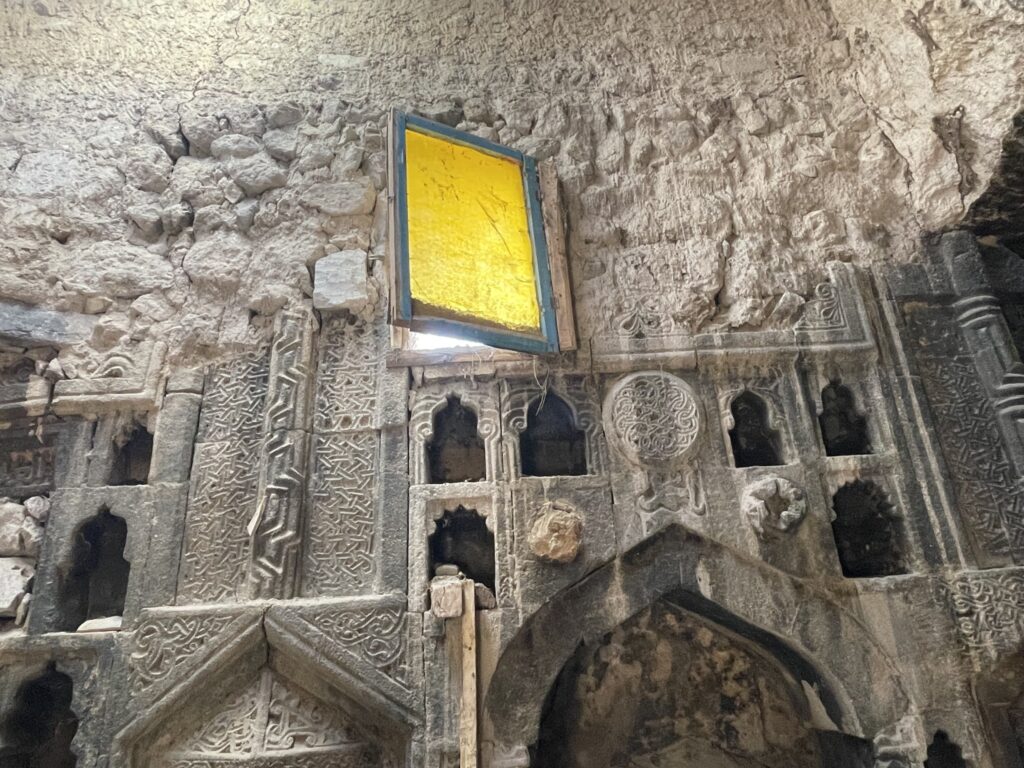
The space shows signs of domestic use as well, suggesting it may have served multiple purposes beyond prayer. The architectural style and decoration are consistent with Anatolian beyliks-period craftsmanship, following the Seljuk era.
Cleaning Reveals a Sacred Past
Local resident Mehmet Ersen, 63, recalled hearing stories in his youth about the space possibly being a mosque, but no formal study was ever conducted until now.
Thanks to the cooperation of Mr. Ersen and support from the Ürgüp Museum Directorate, researchers were able to clean and document the site. The presence of the mihrab indicates the area was used for ritual prayer, although its exact historical function is still being studied.
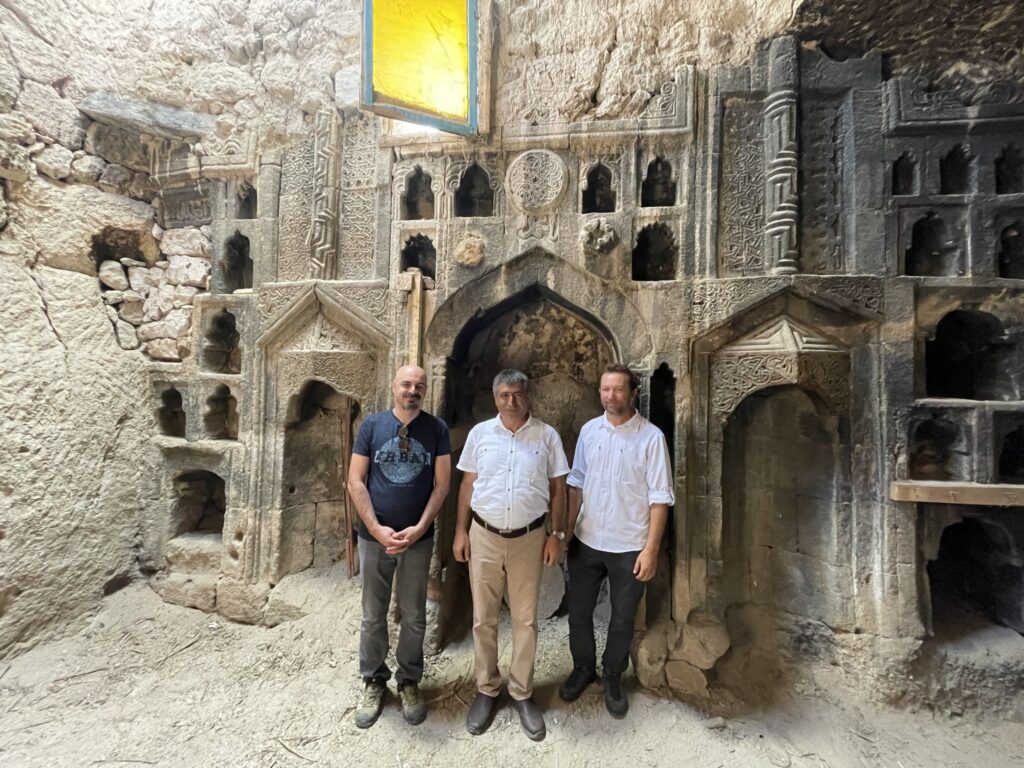
A Testament to Rural Anatolian Religious Architecture
The intricate stonework and decorative elements reveal local Islamic architectural traditions preserved in rural Cappadocia. Researchers hope the discovery will deepen understanding of Anatolia’s lesser-known religious heritage.
This rare find adds valuable insight into the cultural and spiritual life of central Türkiye’s historic regions.
You may also like
- A 1700-year-old statue of Pan unearthed during the excavations at Polyeuktos in İstanbul
- The granary was found in the ancient city of Sebaste, founded by the first Roman emperor Augustus
- Donalar Kale Kapı Rock Tomb or Donalar Rock Tomb
- Theater emerges as works continue in ancient city of Perinthos
- Urartian King Argishti’s bronze shield revealed the name of an unknown country
- The religious center of Lycia, the ancient city of Letoon
- Who were the Luwians?
- A new study brings a fresh perspective on the Anatolian origin of the Indo-European languages
- Perhaps the oldest thermal treatment center in the world, which has been in continuous use for 2000 years -Basilica Therma Roman Bath or King’s Daughter-
- The largest synagogue of the ancient world, located in the ancient city of Sardis, is being restored

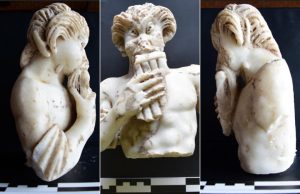
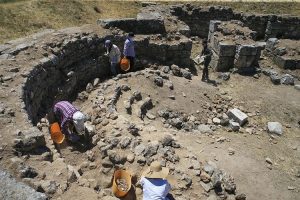
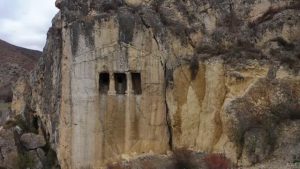
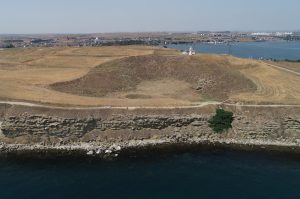
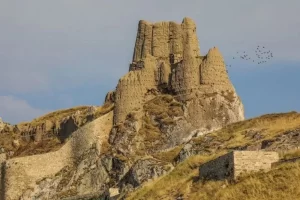
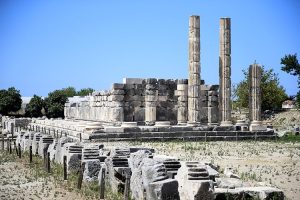


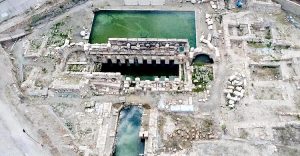
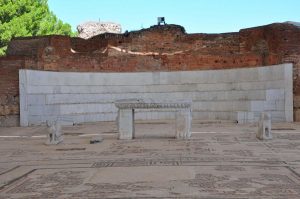
Leave a Reply